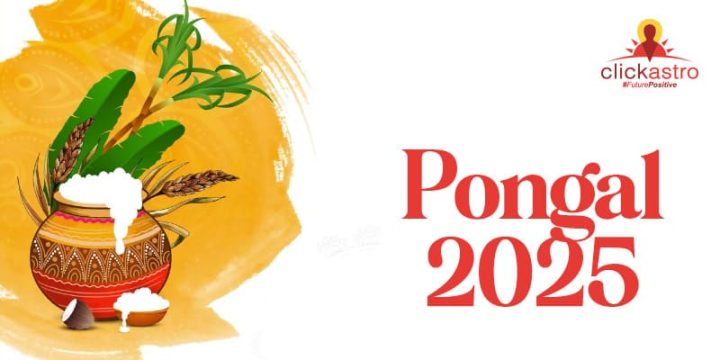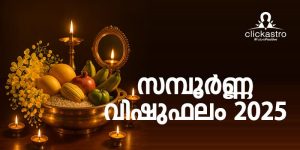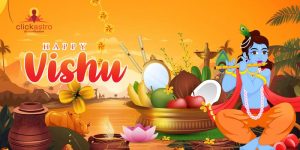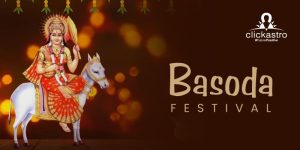In 2025, Pongal begins on Tuesday, 14 January, and ends on Friday, 17 January.
Various Types of Pongal Festival
Every day of the four-day celebration is marked by a different festival and tradition. There are four types of Pongal being celebrated in India and these include Bhogi Pongal, Thai Pongal, Mattu Pongal, and Kaanum Pongal.
Bhogi Pongal
The annual festival starts with Bhogi Pongal. This day is dedicated to the rain god Lord Indira. Since this is the time of harvest, it is customary to worship the rain god for good rains that make the harvest possible. Devotees sing and dance in praise of Lord Indira for wealth and good fortune as part of the festivities.
Thai Pongal
This is the main day of the Pongal festival and an exceptionally important occasion. Thai Pongal is the Sun’s first day in Uttara yana. So, it is also Surya Pongal or Sun Pongal. A Kolam, which is a design hand drawn by the females in the house using lime powder, is made at the entrance of the house. During the day, rice is cooked along with milk and jaggery in a pot which is then offered to the Sun god along with sugarcane, coconut, and bananas. This dish is also called Pongal.
Mattu Pongal
On this day, people worship cattle, especially cows as they have long been considered a symbol of fertility and prosperity in traditional Hindu households. They are worshipped as a means to ensure the continuance of wealth and good fortune in life as a new season commences. Also, in the more distant past, it was the cattle that ploughed the land for humans whose efforts enabled an excellent harvest during the Pongal time. So, they are worshipped alongside the gods as a symbol of gratitude and devotion. On this auspicious day, cattle are decorated with bells, flower garlands, and other accessories and people also perform aarti to venerate them.
Kaanum Pongal
The last day of the festival, Kaanum Pongal marks the conclusion of festivities. On this day, women pray for the good fortune of their family and the family of their brothers. Arati is performed, and holy water is sprinkled everywhere in the house and outside.
Pongal – A Very Sacred Celebration
According to Hindu belief, Pongal is very auspicious. Pongal 2025 timing is considered among the most sacred of the year. The significance of Pongal is that the Sun has finished its transition through Dakshinayana and is entering the Uttarayana. This means the Sun is gradually regaining its powers which were in a weakened state during Dakshinayana. In terms of seasons, Pongal symbolizes the arrival of the Spring-Summer season when it gets progressively warmer. This is why Pongal is considered suitable for new beginnings.
It is the day when the faithful express gratitude for the gifts they enjoy in life, like good food and a loving family. Much time is spent on festive activities on Pongal Day. The Pongal season is traditionally also the time when people go out on a shopping spree and spend the most money during the year. This is also the reason why even movie stars choose Pongal as the occasion for the release of their movies.
Similarities Between Pongal and Sankranti
There is no doubt that Pongal and Sankranti are the same. The description of Pongal being a harvest festival was a later addition. Traditionally Pongal marks the entering of the Sun into Uttarayana, which means the end of winter and the beginning of the Spring-Summer months ahead. Sankranti is the point when the Sun transitions from one zodiac to the next. While every such transition to a different zodiac is technically a Sankranti, the word Sankranti colloquially means Makar Sankranti, which sees the Sun transitioning to Makara. The name Makar Sankranti is used frequently in northern parts of India.
Why Do We Celebrate Pongal?
The auspicious festival of Pongal is celebrated in the month of Thai. This is also the month of weddings. Fertility and prosperity of family and society are celebrated during this day. On this day, devotees thank the gods and nature for the rich harvest. Sun, rain, and cattle are worshipped during Pongal. It is believed that celebrating Pongal ushers in wealth, peace, and prosperity to all.
In the modern world, Pongal has its inception in ancient history, and there are two stories associated with the celebration of Pongal. In one story, Lord Shiva once asked Basava, his bull, to descend on Earth and teach humans the best way to lead their lives forward. Shiva wanted humans to eat once a month and to have an oil bath every day. But Basava got the message mixed up. He said that humans needed to eat daily and get oil baths once a month. This annoyed Lord Shiva. He banished Basava to live on Earth forever and was tasked to plough the fields to produce more food for humans. It is because of this reason that people worship cattle on this day.
According to the other story, Lord Krishna once went sour on Lord Indra, the rain god. He asked the people in the village to stop worshipping Lord Indra. Annoyed, Lord Indra pounded the village with days of rain and thunderstorms. But Krishna lifted the Govardhan mountain and shielded the village from the rain. Lord Indra was humbled and was forced to accept the divinity of Lord Krishna. These two episodes reflect the steps taken by humans as part of social evolution. First, they learned to domesticate animals, and then they tamed natural disasters through irrigation, both of which enabled them to harvest enough food to sustain them through the year.
Who Celebrates Pongal in India?
The festival of Pongal is usually celebrated by Hindus and Vedic astrology forms the base of it. The passing of the Sun from winter solstice towards Spring is based on the Vedic calendar. However, in modern society, the festival of Pongal, much like any other large festival, has assumed a secular character and is seen more as a harvest festival than a certain point in the transition of the Sun around the chart. Therefore, today almost everyone in South India enjoys celebrating Pongal with pomp and fervour.
What Should You Eat During Pongal?
Since the celebration of Pongal is centred around the making of a dish also known by the name Pongal, most people consume this during celebrations. It is prepared by boiling rice with milk in a clay pot. There are two types of Pongal. In one, sugar or jaggery is added to make the dish sweet. It is called Chakkara Pongal. Another way is to add clarified butter to the dish, which is called Venn Pongal. Spicy Venn Pongal is known as a popular breakfast item and is enjoyed by Tamil natives.
Significance of Pongal in Astrology
Astrology can be considered the foundation of Pongal. It signals the Sun growing back in power after the end of the Winter solstice. This happens when it enters the 10th Zodiac of Makara (Capricorn). In the Gregorian calendar, this occasion falls on January 14-15. The winter solstice now happens almost a month earlier, on December 21, but since Vedic astrology is based on Nakshatras (star constellation) and not the Sun, like in Western astrology, the date remains the same millennia after millennia. The word Pongal means to boil and overflow. This refers to the preparation of the Pongal dish, which is complete when the mix boils and overflows out of the clay pot. Pongal is also celebrated as Makar Sankranti, Lohri, and Kicheri in other parts of India.Now that you know everything about the Pongal festival and celebrations, we hope you have a spectacular celebration this year.







